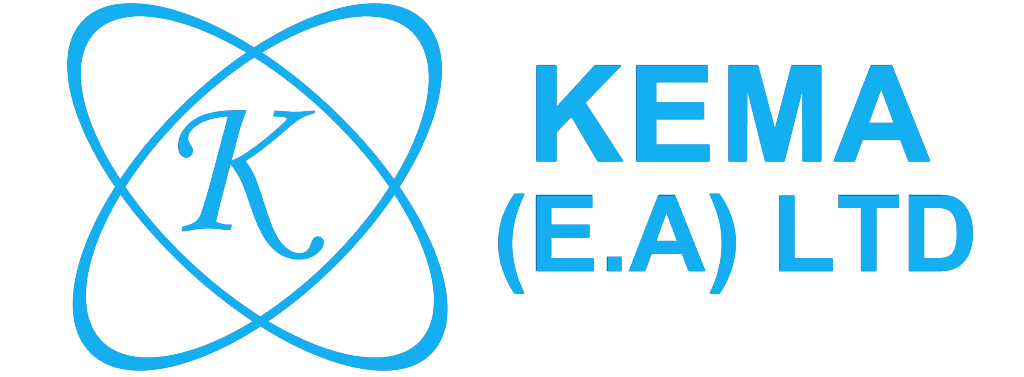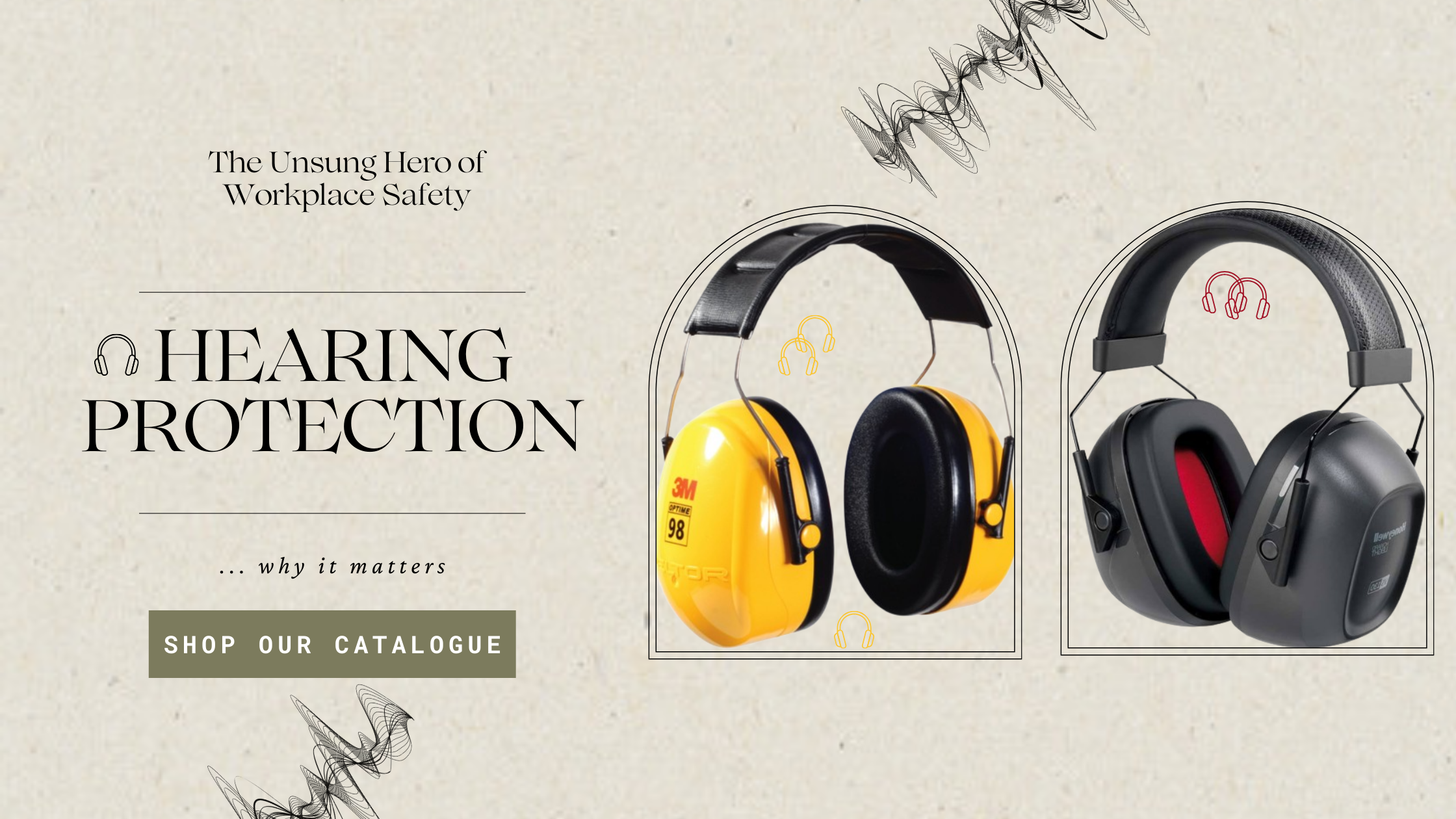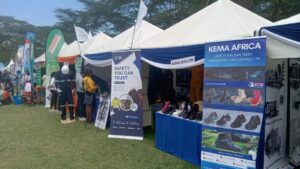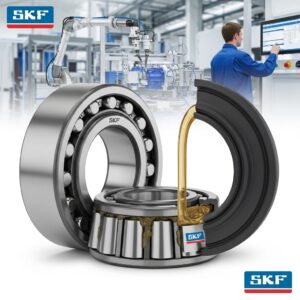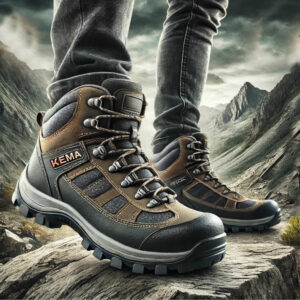In the bustling environment of modern industry, the cacophony of machinery, tools, and bustling activity is a constant presence. While this noise is a sign of productivity, it also poses a significant risk to workers’ hearing health. Ear protection is an often-overlooked aspect of workplace safety, yet it is crucial for maintaining long-term auditory health and ensuring compliance with safety regulations.
Understanding the Importance of Ear Protection
Exposure to loud noise can lead to permanent hearing loss, a condition that is irreversible and profoundly impacts quality of life. The Occupational Safety and Health Administration (OSHA) sets permissible exposure limits to protect workers, but it is the responsibility of employers and employees to ensure that these limits are respected through the use of appropriate ear protection.
Types of Ear Protection
Ear protection devices are broadly categorized into earplugs and earmuffs, each with unique features catering to various industrial needs.
1. Earplugs
Earplugs are small devices inserted into the ear canal to block out noise. They are often favored for their convenience and effectiveness in a range of environments.
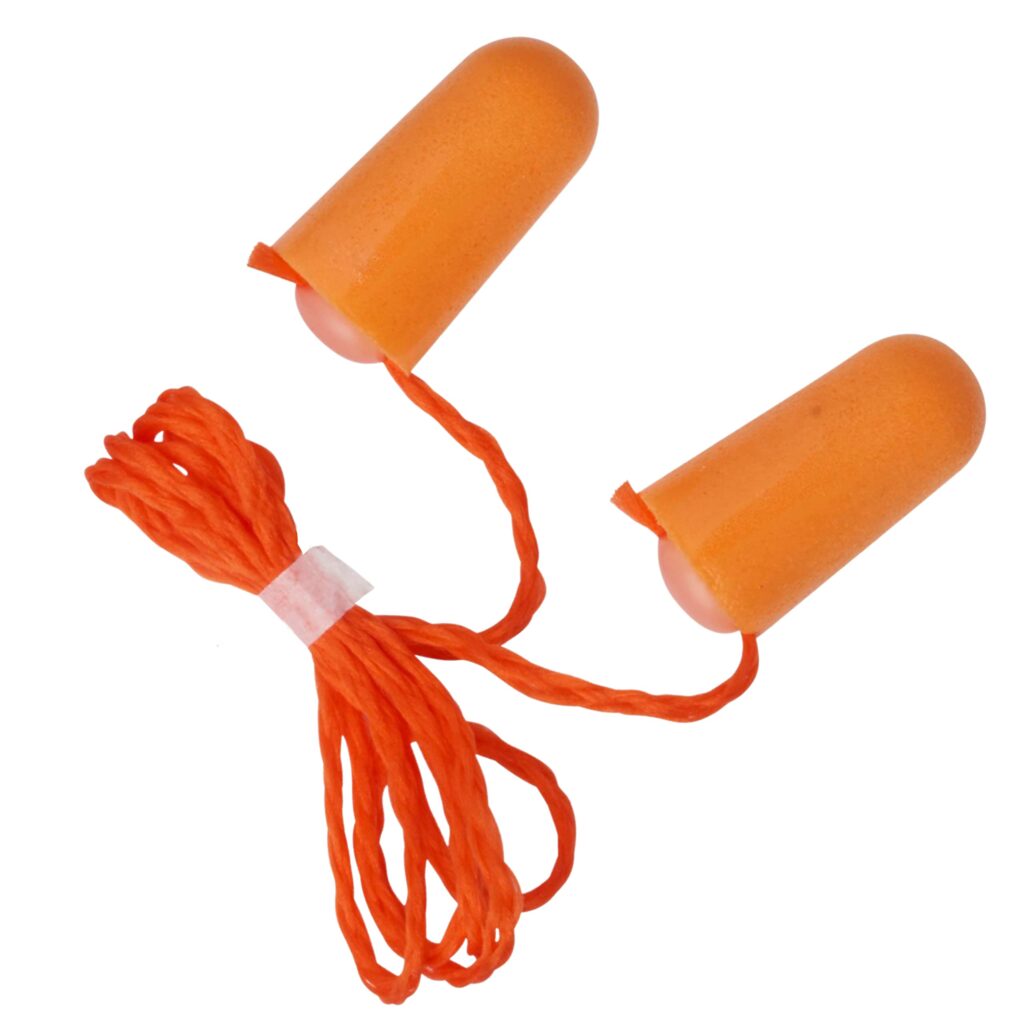
- 3M 1110 Earplugs: These disposable earplugs offer a high Noise Reduction Rating (NRR) of 29 dB. They come with a cotton cord and are shaped for a snug fit, making them suitable for environments like assembly, blasting, and welding.
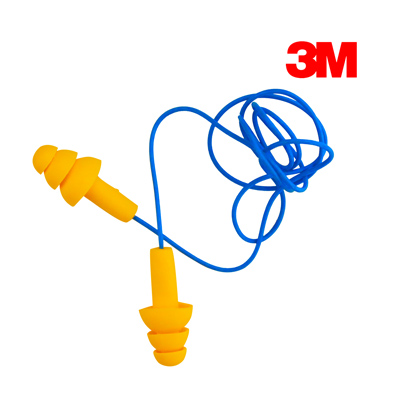
- 3M 4004 Earplugs: With a slightly lower NRR of 25 dB, these earplugs are vinyl-corded and do not require rolling for insertion. They are ideal for tasks involving machine operation and grinding.
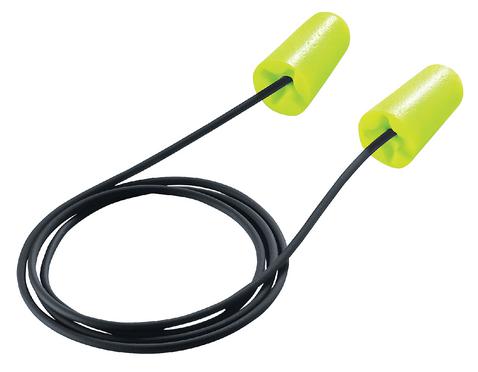
- Uvex X-Fit Earplugs: These ergonomically pre-shaped earplugs offer a superior NRR of 34 dB, making them suitable for extremely noisy environments.
2. Earmuffs
Earmuffs cover the entire ear and are particularly useful for intermittent noise exposure and for workers who may find earplugs uncomfortable.
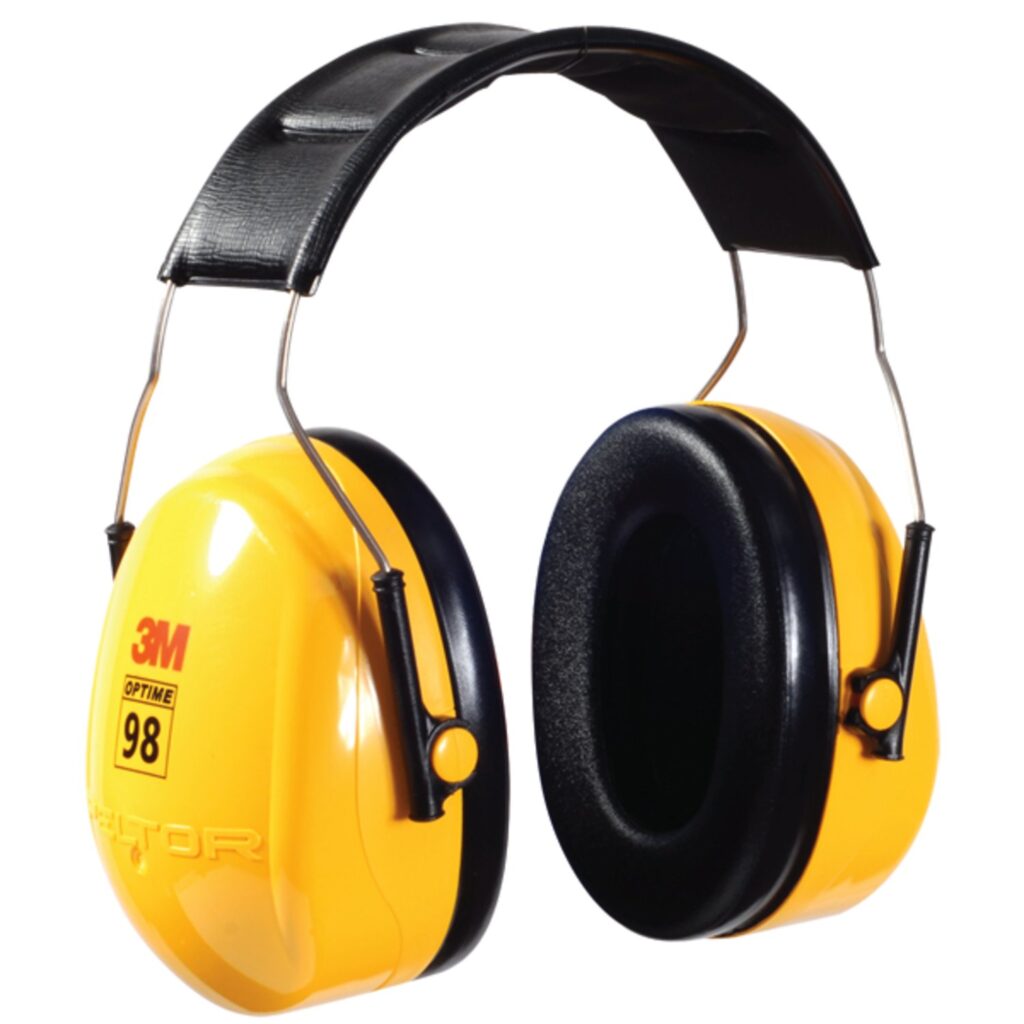
- 3M Yellow Peltor H9A: With an NRR of 25 dB, these earmuffs are designed for tasks such as cleaning, electrical maintenance, and lower-level welding. They feature a headband for secure fit.
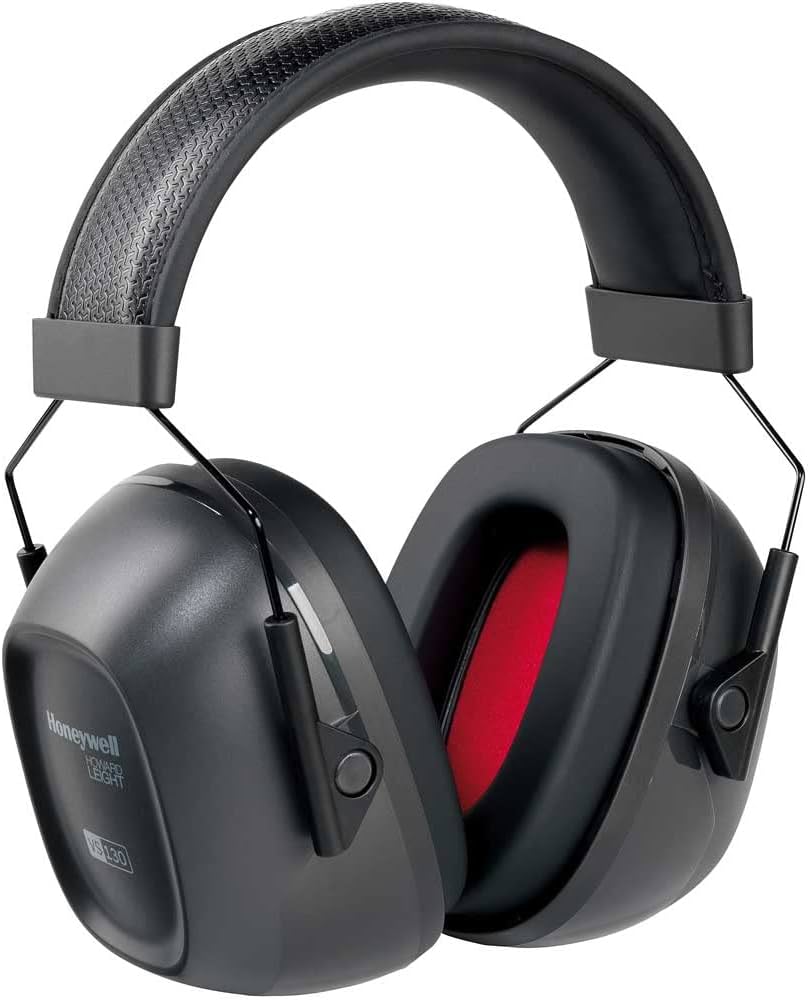
- Honeywell VS130: These earmuffs provide a high NRR of 32 dB and are designed with memory foam ear cushions for added comfort. They are suitable for workers with larger ears or those who wear hearing aids, and they boast robust construction to withstand oily and heavy-work environments.
Choosing the Right Ear Protection
Selecting the appropriate ear protection involves considering several factors, including the level of noise, the duration of exposure, and the specific requirements of the work environment. For instance, in environments where cleanliness is paramount, such as the pharmaceutical industry, earplugs with smooth, dirt-repellent surfaces, like the Uvex Whisper, are ideal.
Ensuring Compliance and Comfort
Comfort is a critical factor in ensuring that workers consistently use ear protection. Devices that are uncomfortable or inconvenient are less likely to be used properly. Innovations such as memory foam ear cushions and ergonomic designs enhance comfort and compliance.
Conclusion
Ear protection is a vital component of workplace safety, safeguarding employees from the debilitating effects of noise-induced hearing loss. Employers must prioritize the provision of appropriate ear protection and foster a culture of safety where the use of such protection is a non-negotiable aspect of the daily routine.
